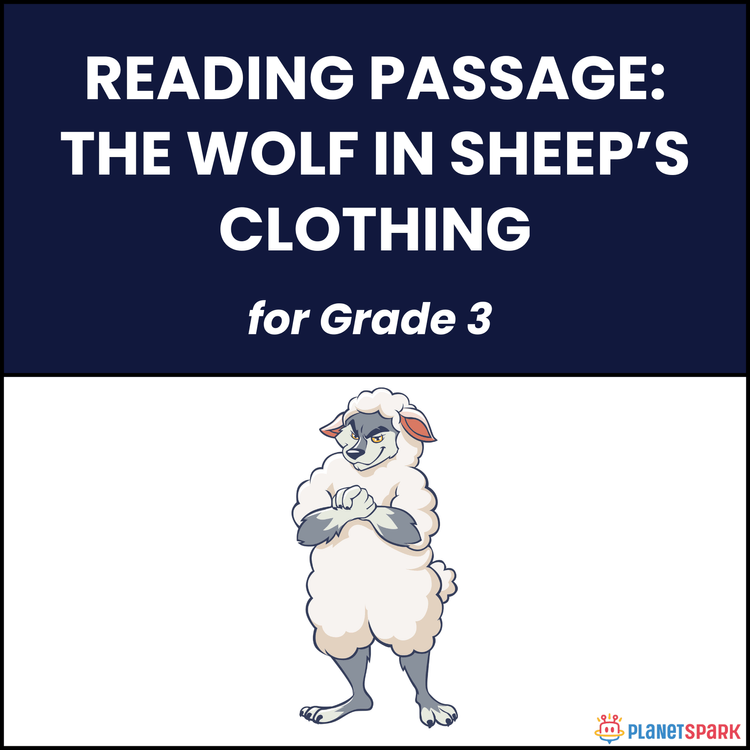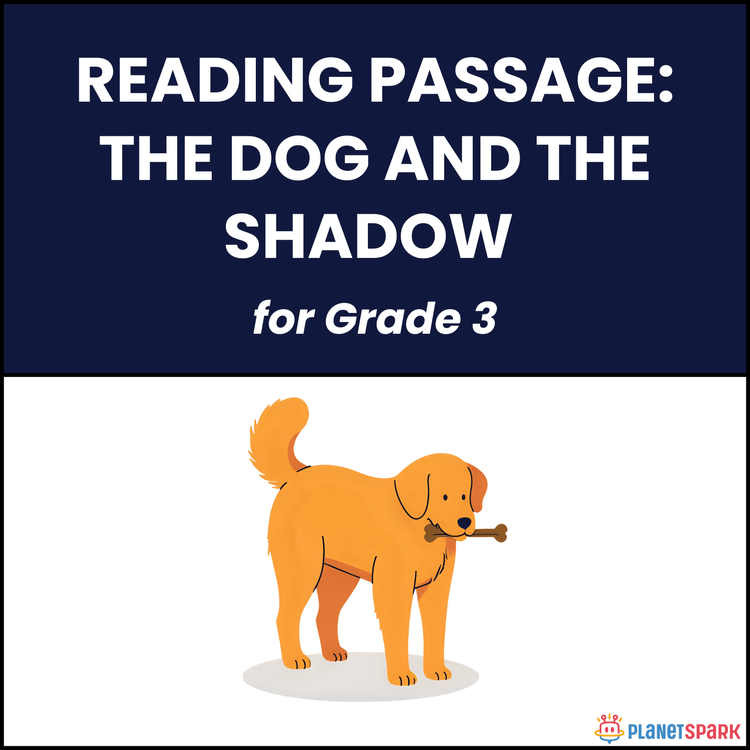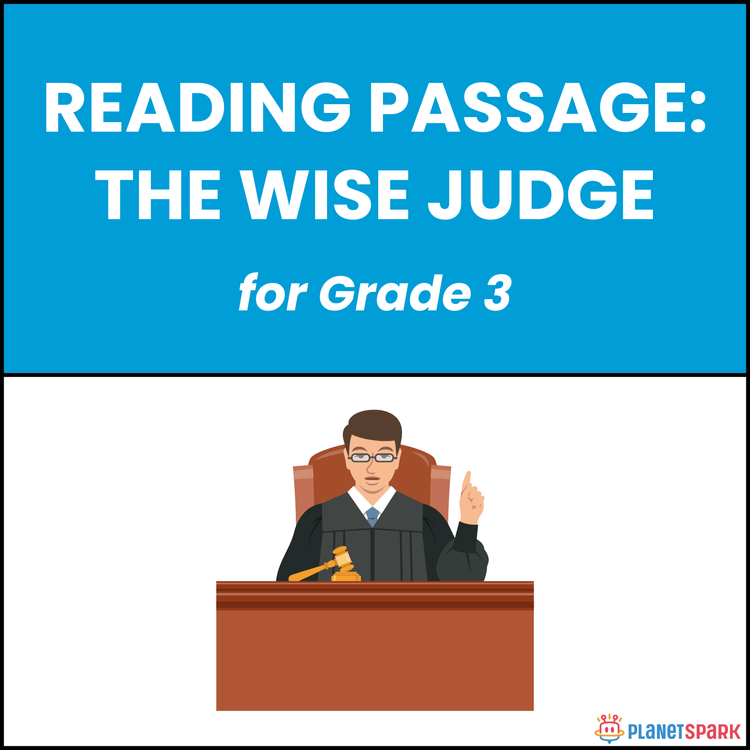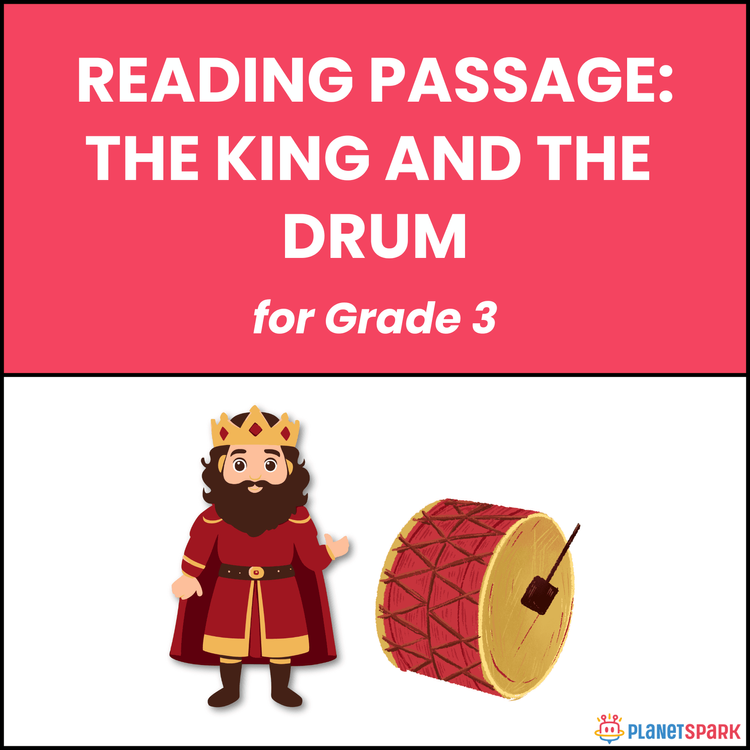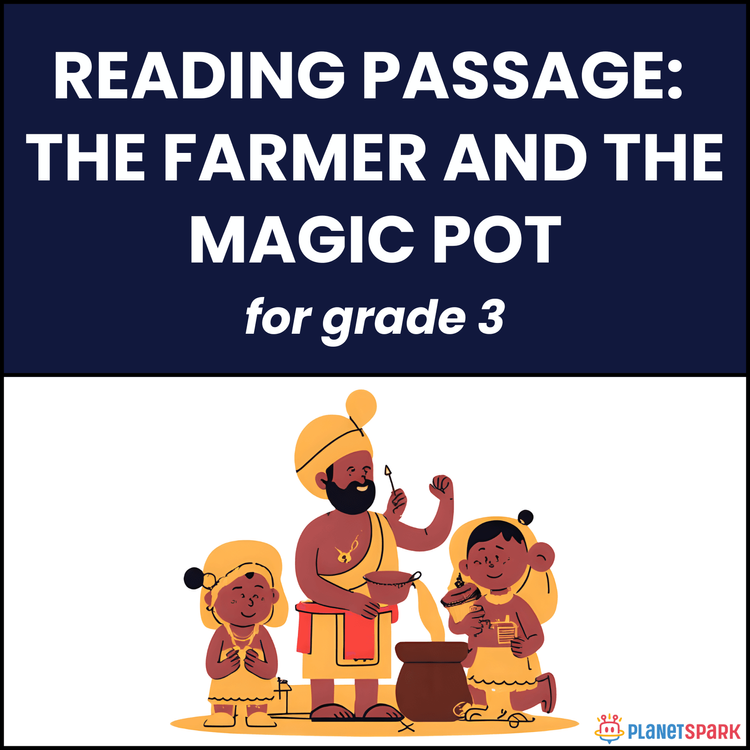Grade 3 Understanding Poems on The Brook (Tennyson)
Class 3Poems and RhymesStory TellingFree DownloadPDF
Smruti Supramna Visit Profile
I’m a passionate English educator who believes deeply in the transformative power of learning. I’ve taught and supported peers, juniors, and higher secondary school students, driven by a genuine desire to help them grow as confident communicators. My experience as a content writer has strengthened my language skills, research abilities, and clarity of expression—all of which enrich my approach to teaching. I hope to contribute meaningfully to the growth and development of future generations by creating an inspiring and empowering learning experience.
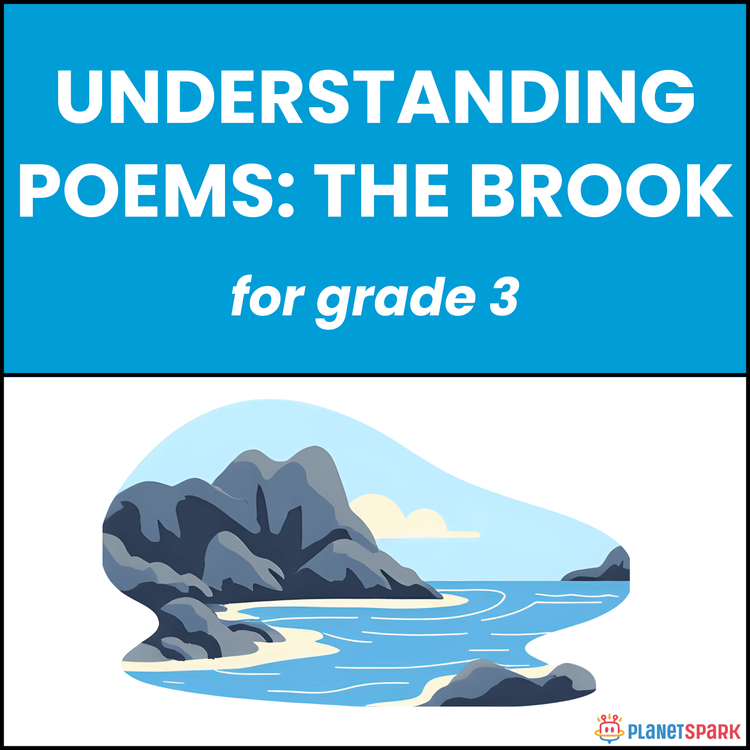

Grade 3 Understanding Poems on The Brook (Tennyson)
Class 3Poems and RhymesStory TellingFree DownloadPDF
Smruti Supramna Visit Profile
I’m a passionate English educator who believes deeply in the transformative power of learning. I’ve taught and supported peers, juniors, and higher secondary school students, driven by a genuine desire to help them grow as confident communicators. My experience as a content writer has strengthened my language skills, research abilities, and clarity of expression—all of which enrich my approach to teaching. I hope to contribute meaningfully to the growth and development of future generations by creating an inspiring and empowering learning experience.
Flowing Freedom: The Brook – Reading Comprehension for Class 3
This Grade 3 reading comprehension worksheet brings the classic poem *The Brook* to life, helping young learners explore the beauty and rhythm of nature through engaging poetry analysis. Students journey alongside the brook as it flows from the mountains to the sea, discovering vivid imagery, rhyme, and personification along the way.
Through a variety of fun and thoughtful tasks — including MCQs, short-answer questions, and higher-order thinking prompts — children strengthen comprehension, vocabulary, and interpretive skills. The poem encourages reflection on life’s journey, perseverance, and the joy of movement and freedom.
By connecting poetic language with real-life meaning, learners develop both linguistic understanding and emotional intelligence, making this worksheet a perfect tool for holistic English learning in Grade 3.
Why Reading Comprehension Matters in Grammar?
Comprehension skills strengthen every area of English learning. For Grade 3 learners, this topic is important because:
1. It enhances understanding of poetic rhythm and structure.
2. It helps identify figures of speech like personification.
3. It builds the ability to infer, summarize, and interpret meaning.
4. It encourages students to appreciate nature and creative expression.
What’s Inside This Worksheet?
🧠 Exercise 1 – Multiple Choice Questions
Students identify key poem details, such as where the brook comes from, what it does on its journey, and what it finally joins.
✏️ Exercise 2 – Short Answer Questions
Learners describe how the brook moves, what sounds it makes, and what it says about time and life.
📚 Exercise 3 – Higher-Order Thinking
Students reflect on the poet’s choice of words, understand personification, and explain what message the brook teaches about life.
📝 Creative Thinking Extension
Students create their own title for the poem that captures its mood and message.
✅ Answer Key (For Parents & Educators)
Exercise 1 – Choose the Most Appropriate Option
1. d) The forest
2. b) Flows through fields and towns
3. d) The sea
Exercise 2 – Short Answer Questions
1. The brook moves quickly and joyfully.
2. It says men may go, but it flows forever.
3. It mentions stones, flowers, and birds.
Exercise 3 – Higher-Order Thinking Questions
1. The poet calls the brook “merry” because it moves with joy and freedom.
2. The poet uses personification by making the brook talk as if it were a person.
3. The brook teaches that life should move forward happily, no matter what.
4. Suggested Title: "The Merry Journey of the Brook"
Let your child experience the rhythm of nature and language together — where every line teaches reflection, imagination, and fluency.
Help them explore poetry with curiosity and confidence through guided reading practice.
🔖Book a free trial!
Frequently Asked Questions
They build imagination and teach how natural elements are described using rhythm and personification.
It helps students see how poets give life to rivers, trees, or winds to make reading more vivid.
It supports fluency, sound awareness, and an ear for the musical quality of English verses.
